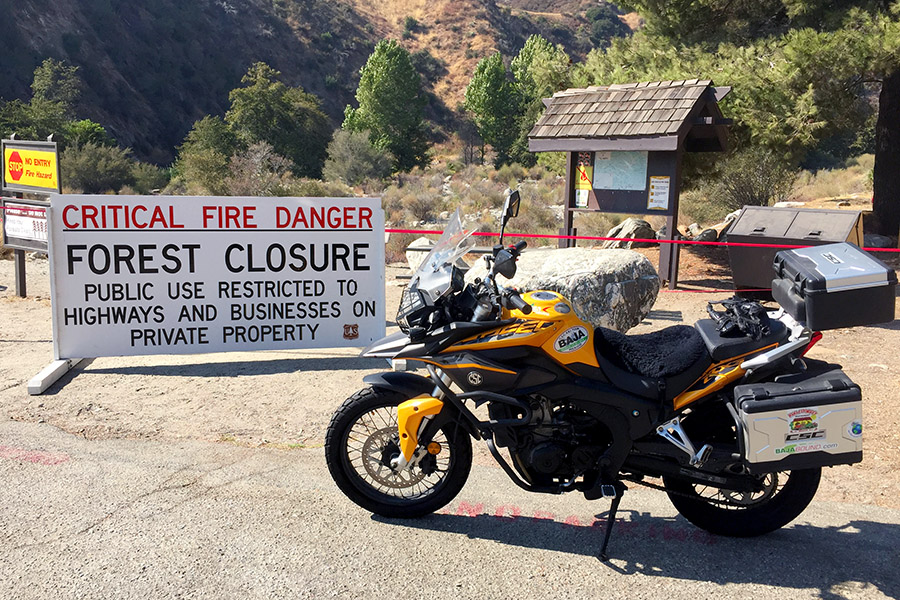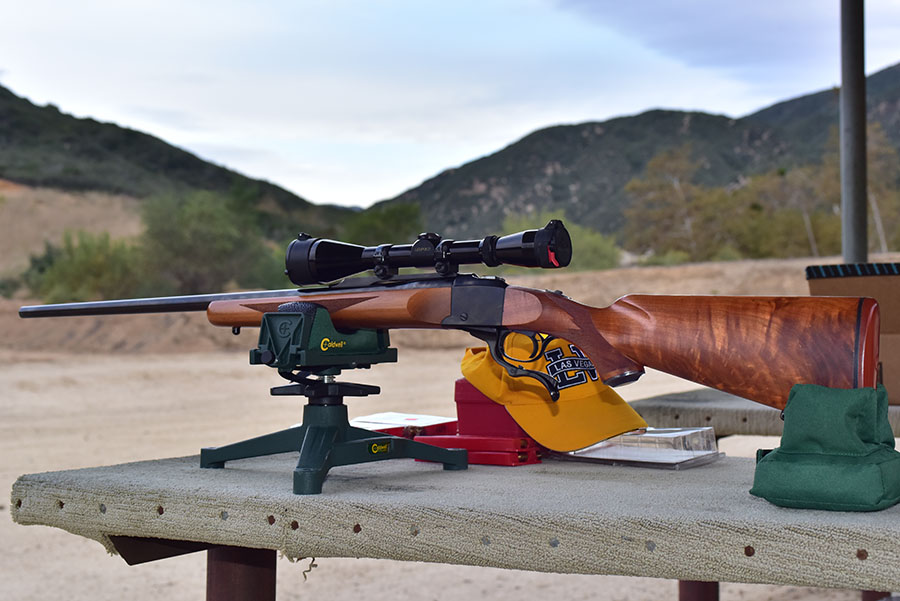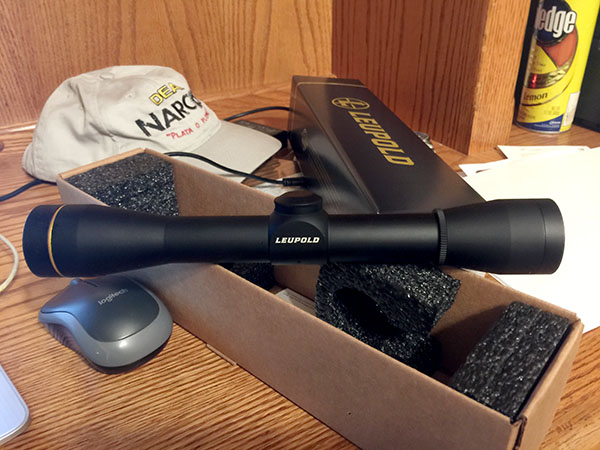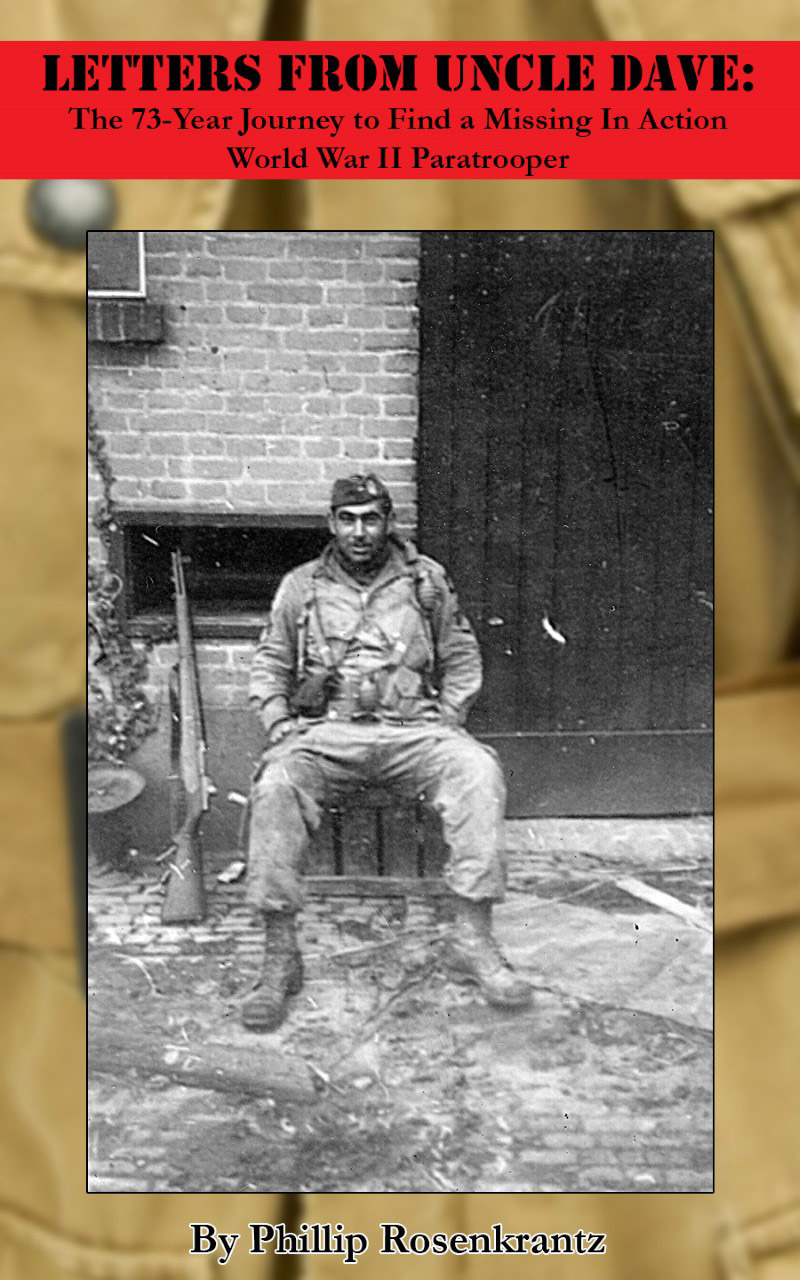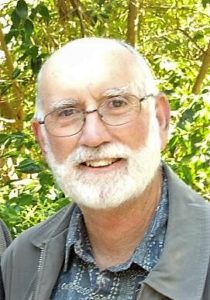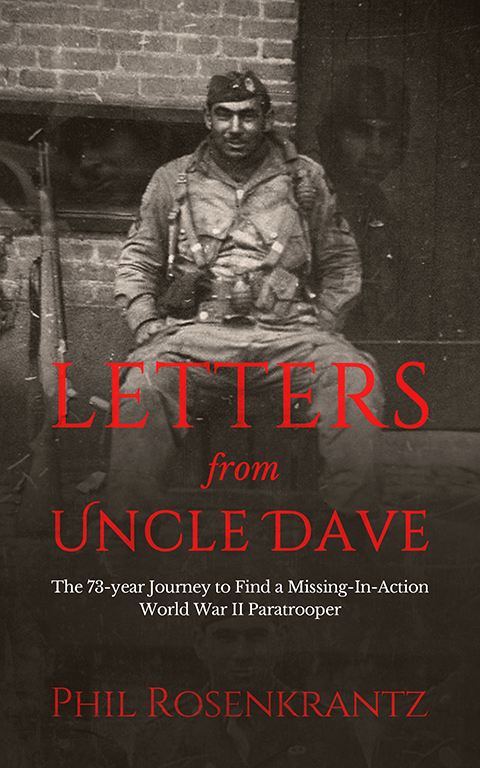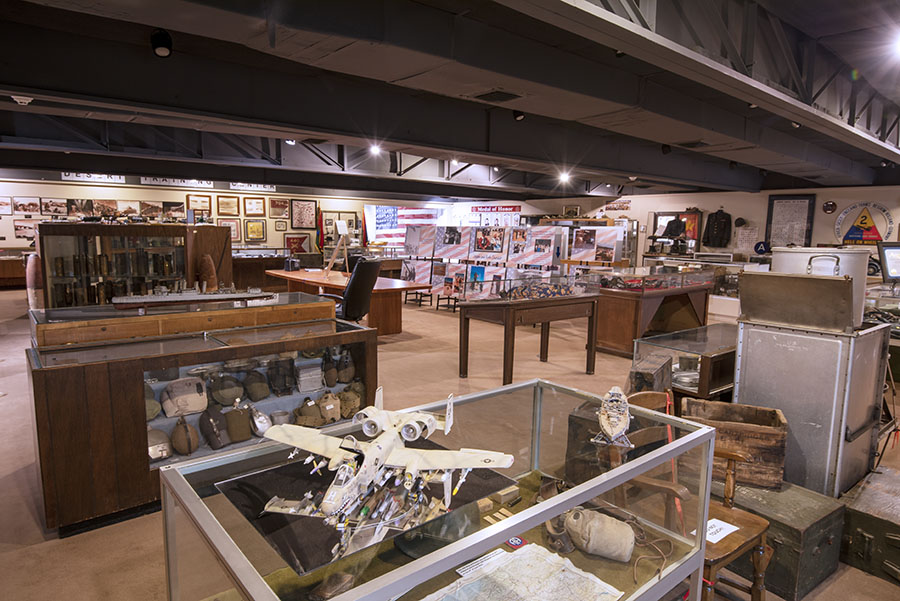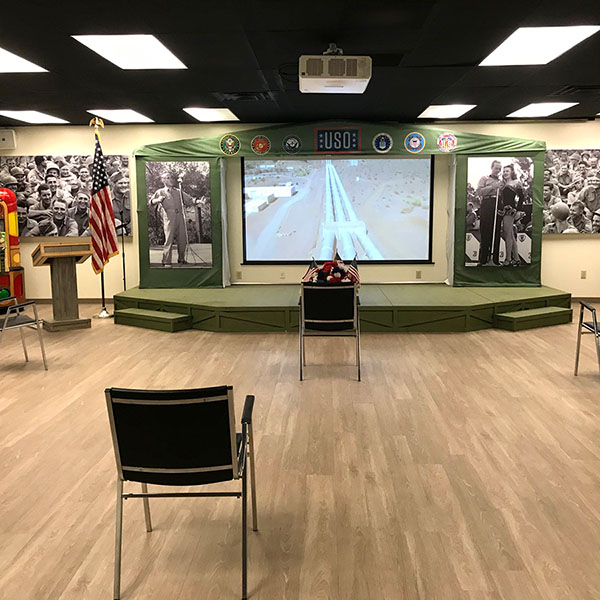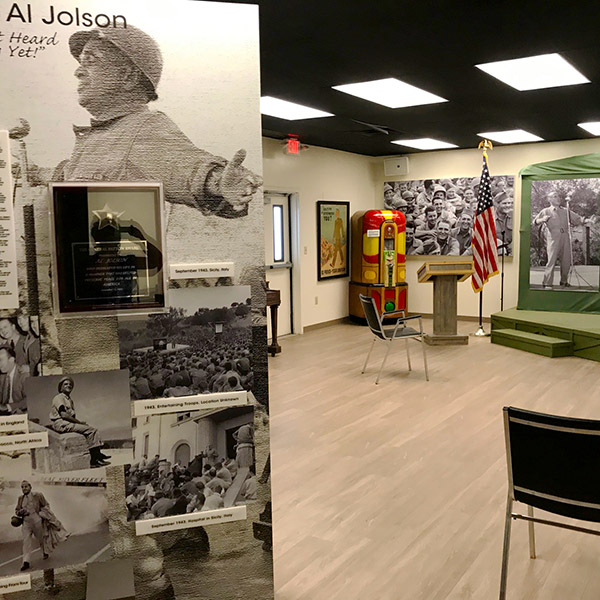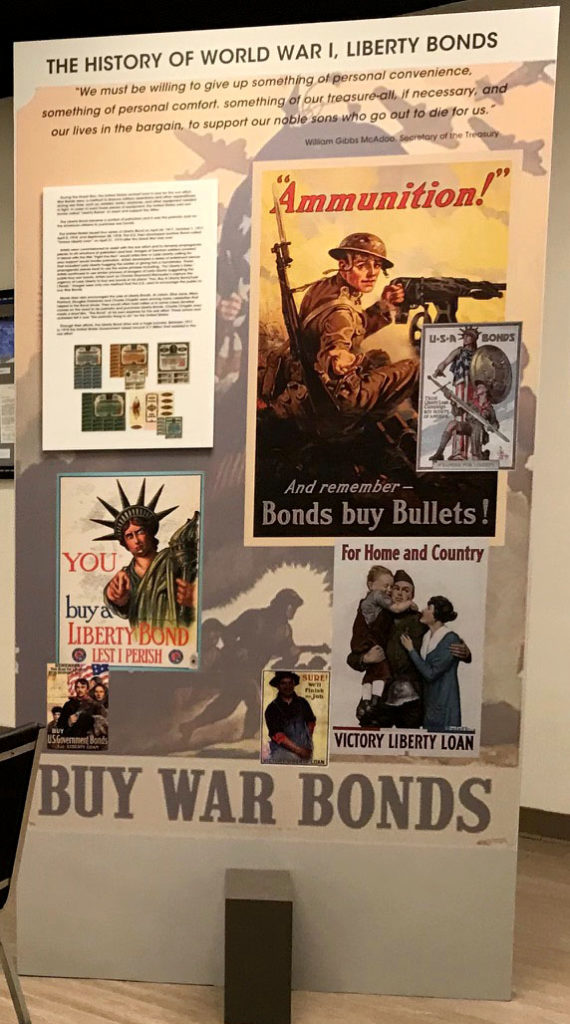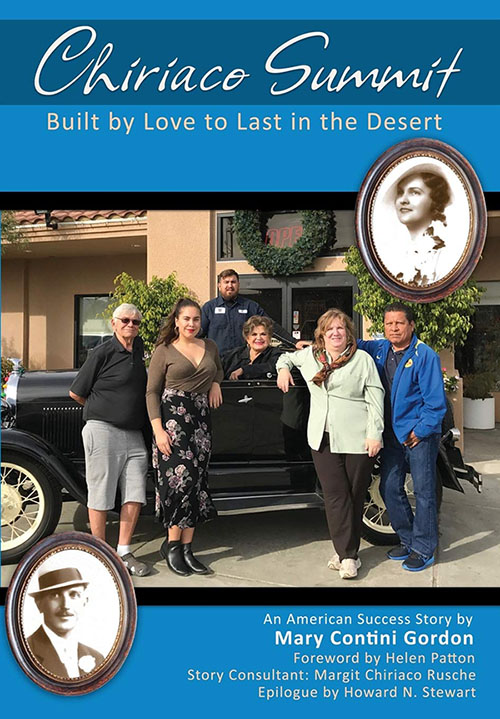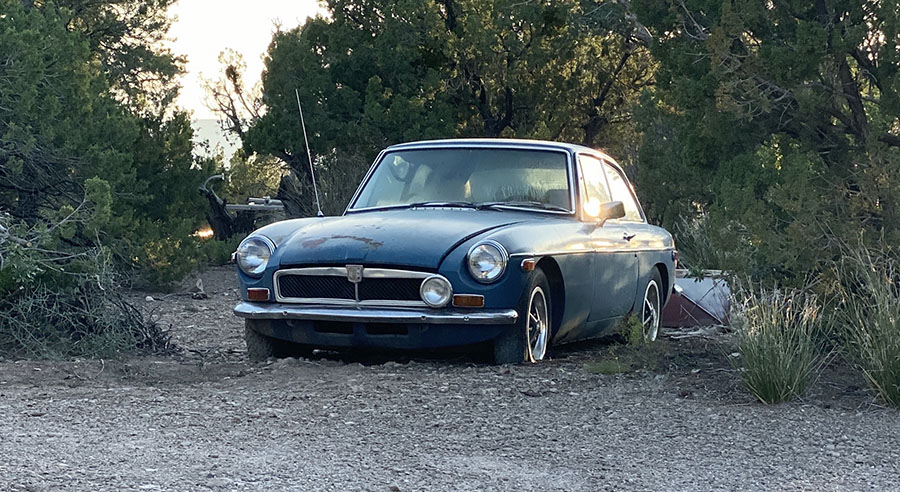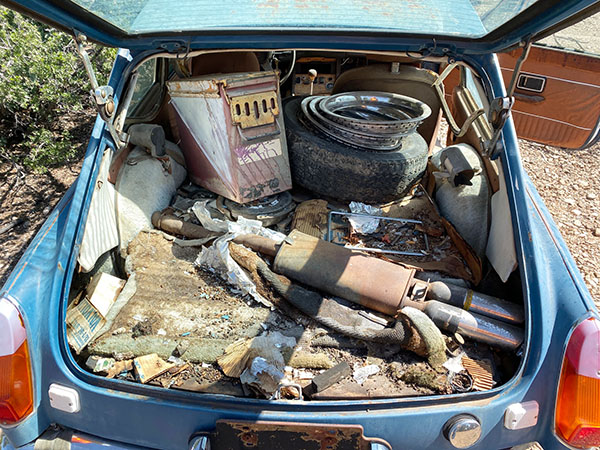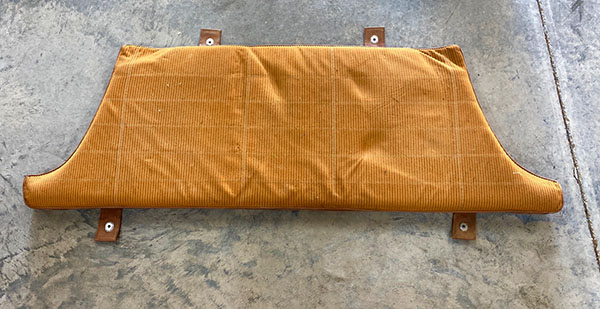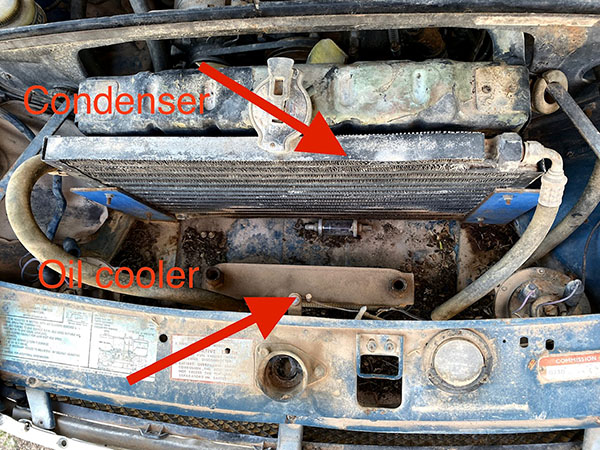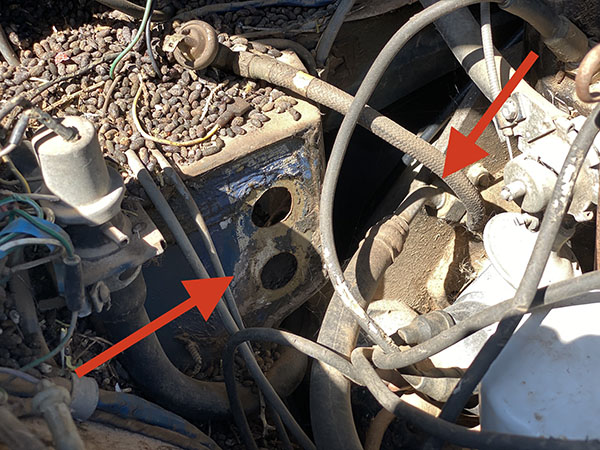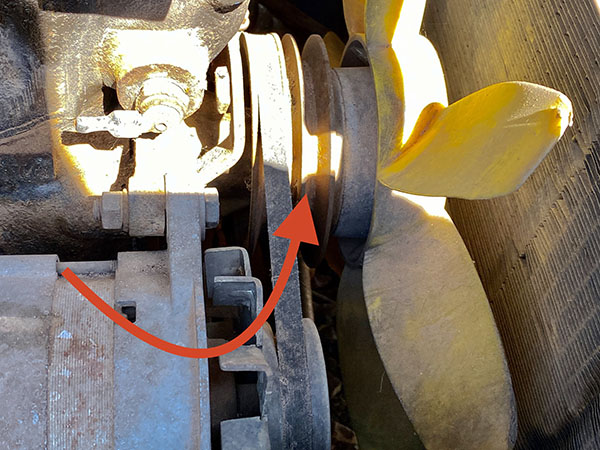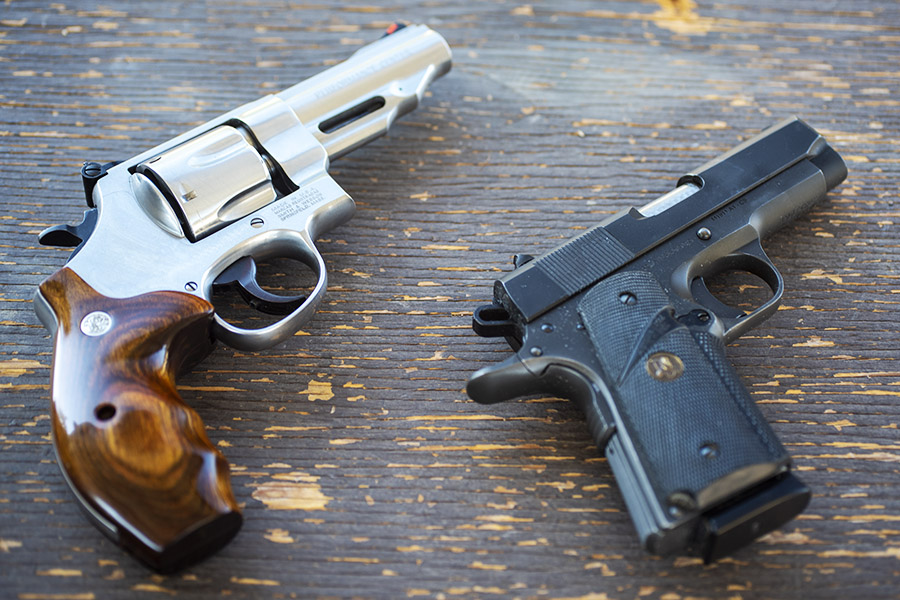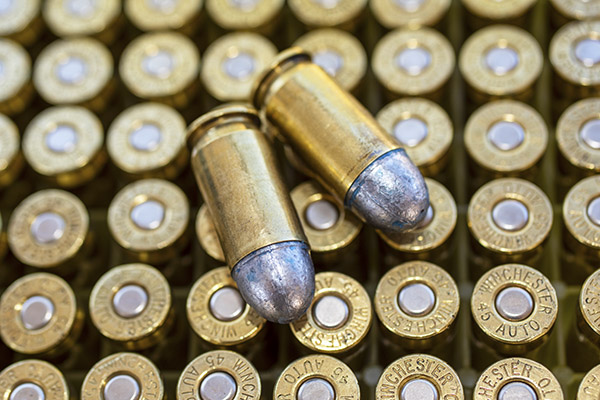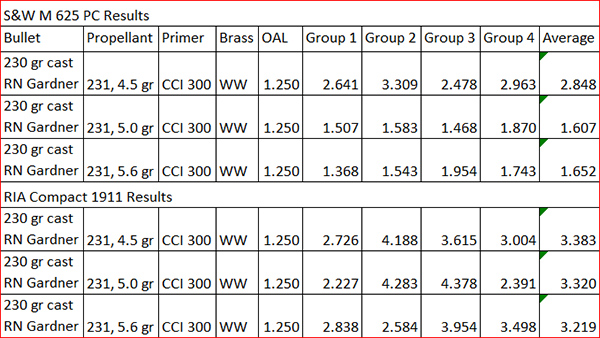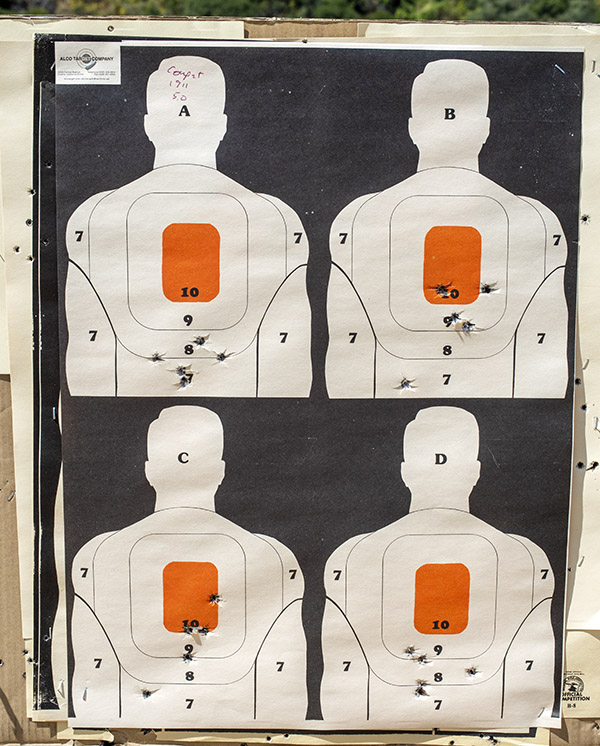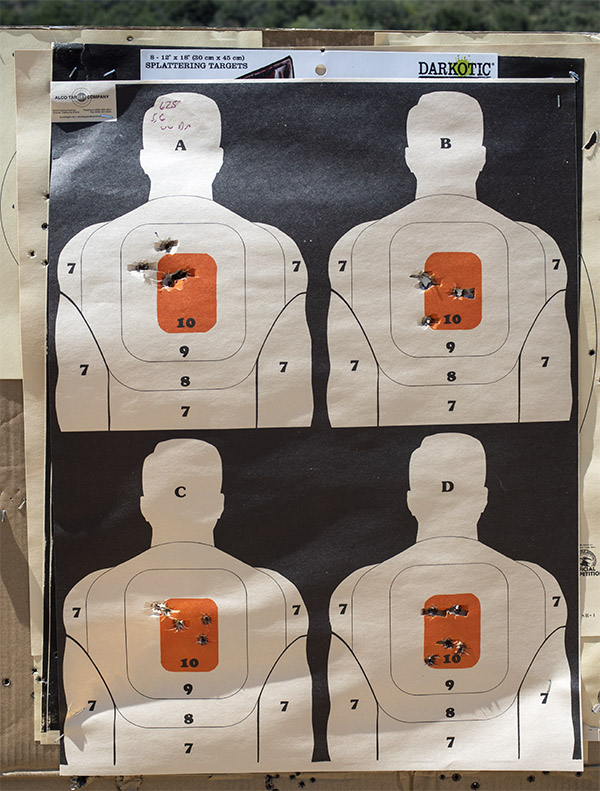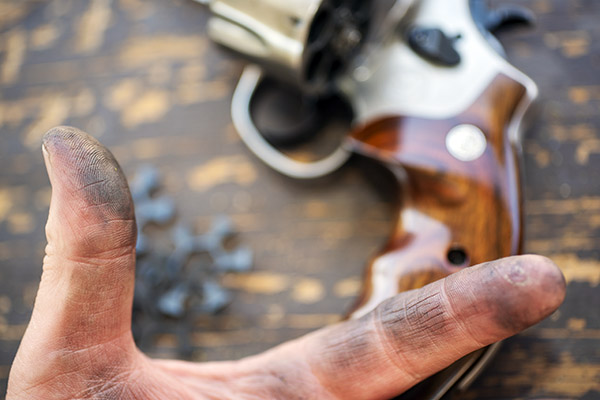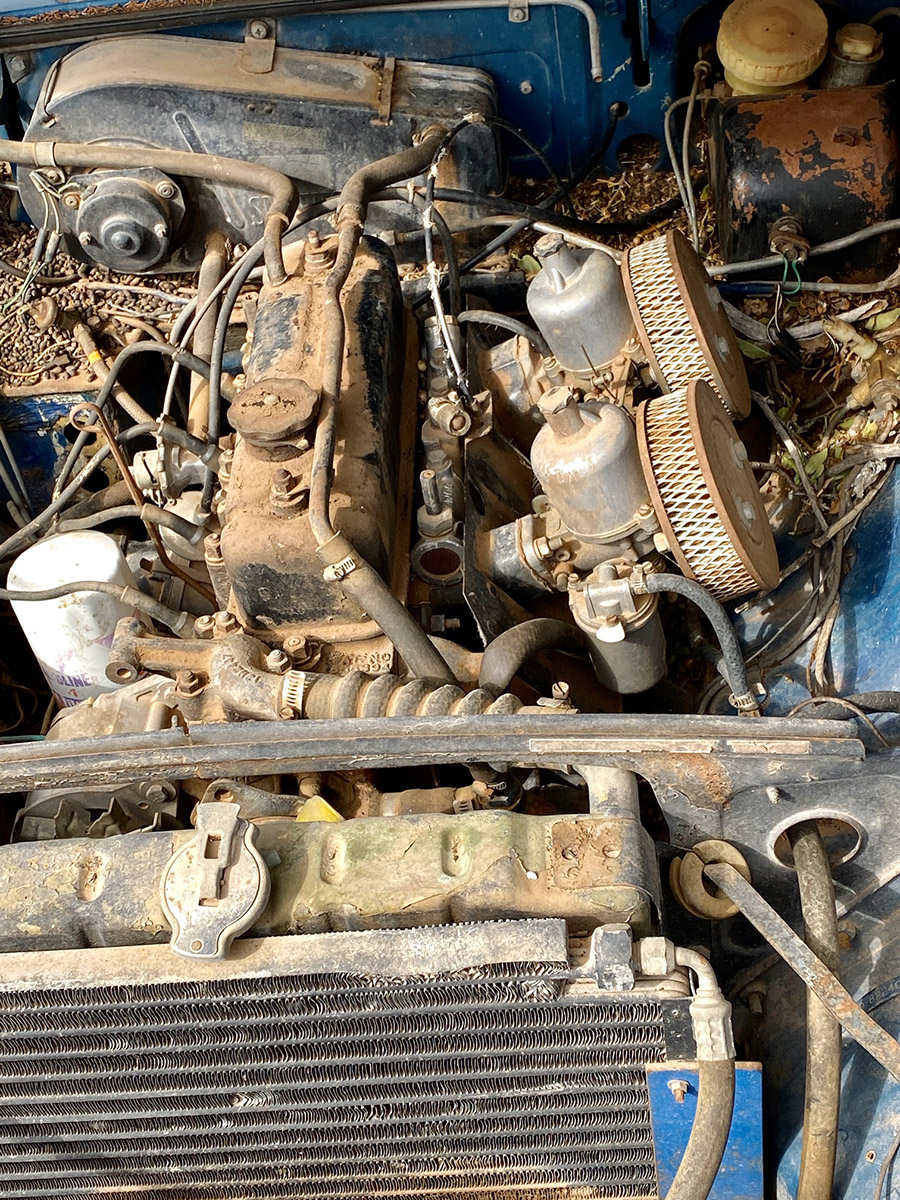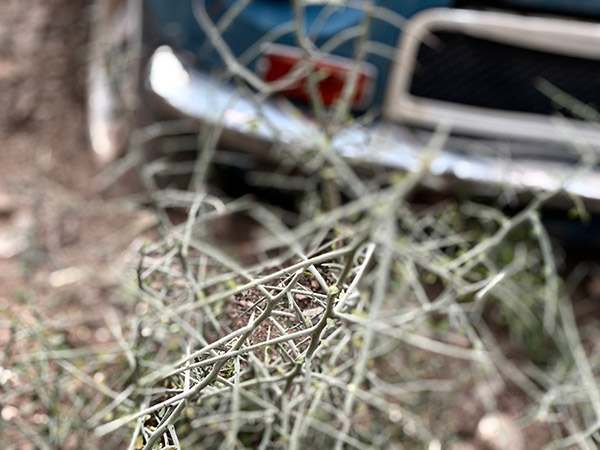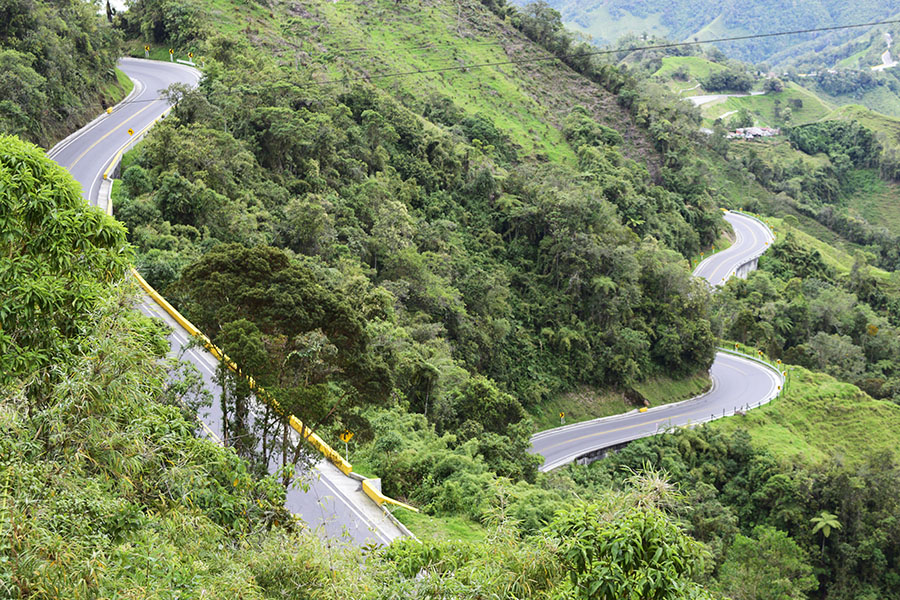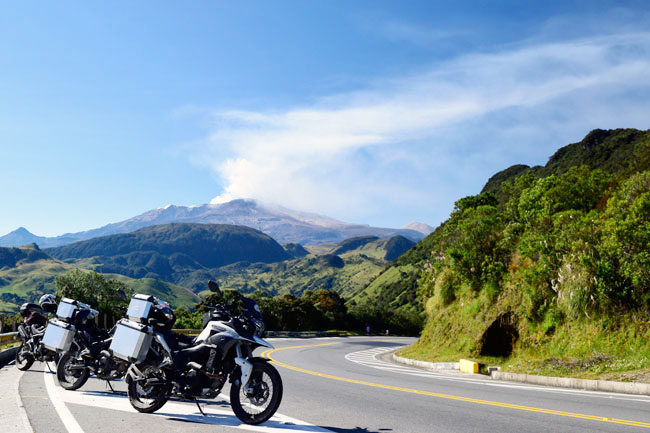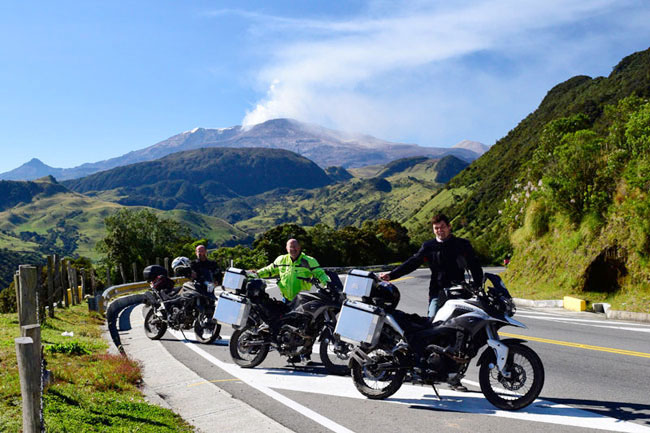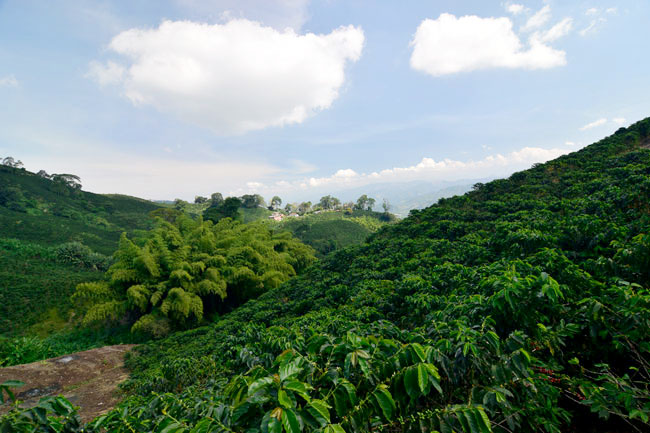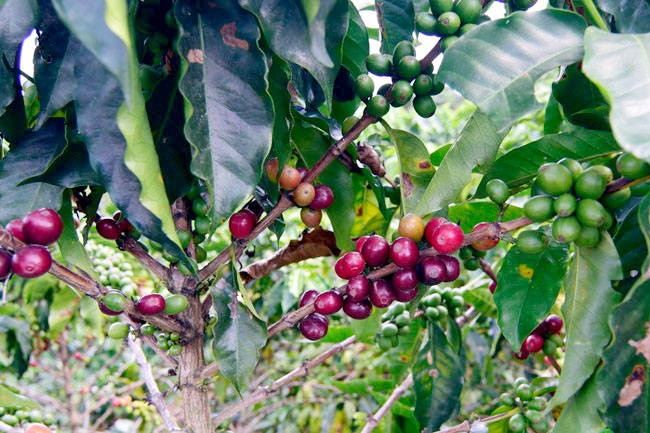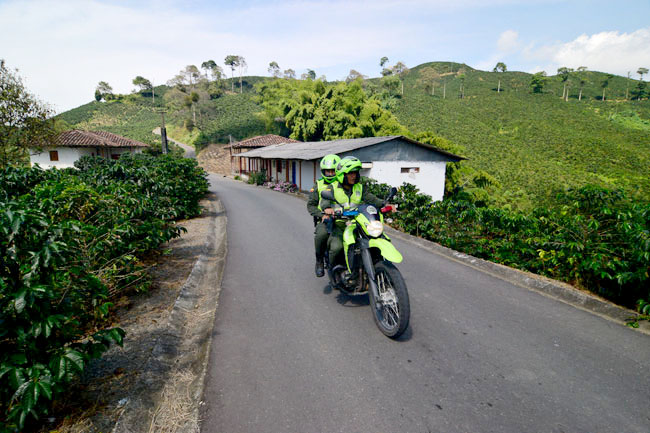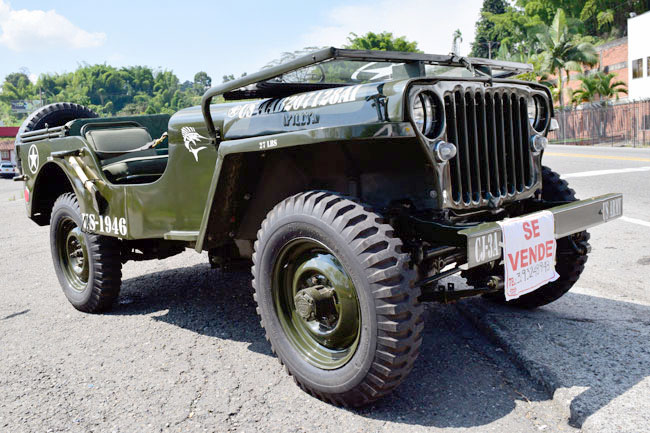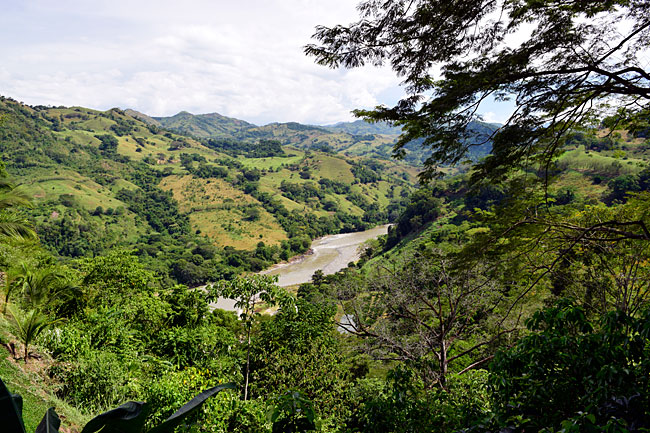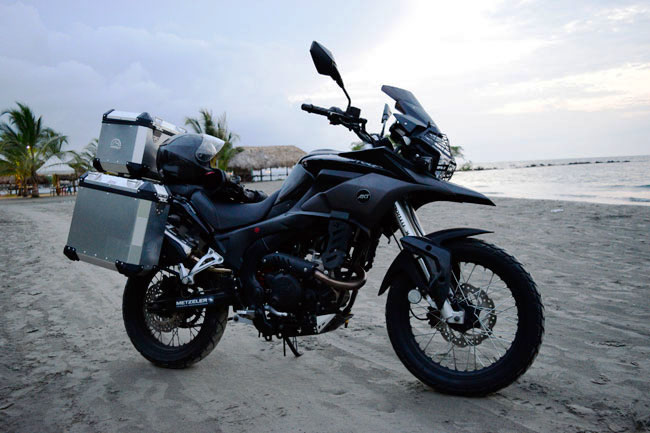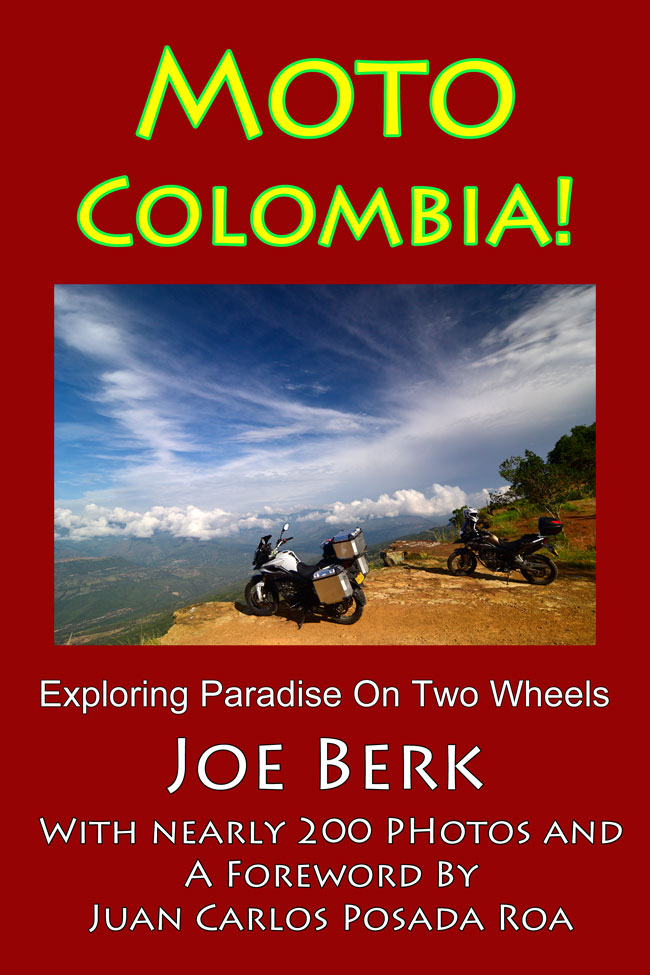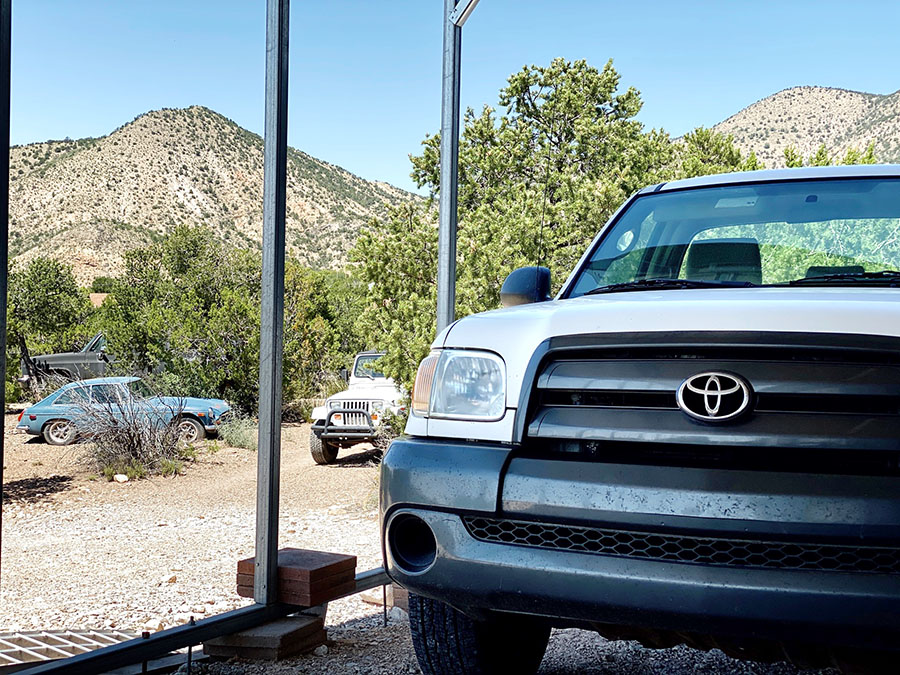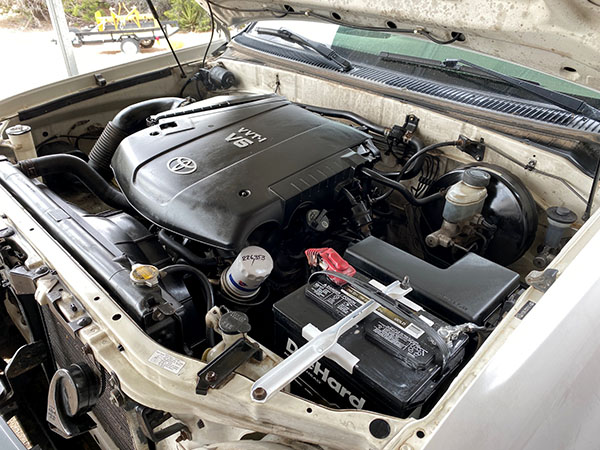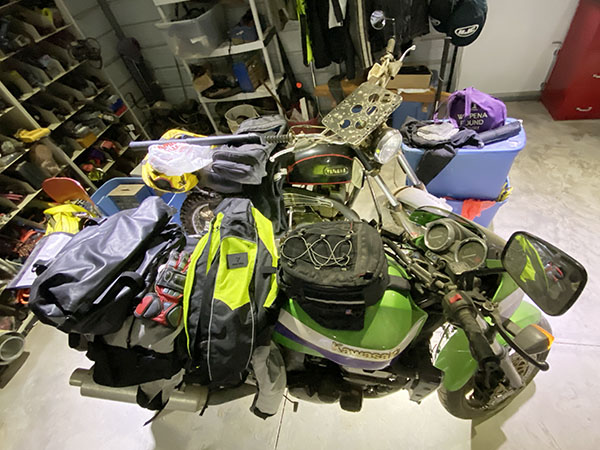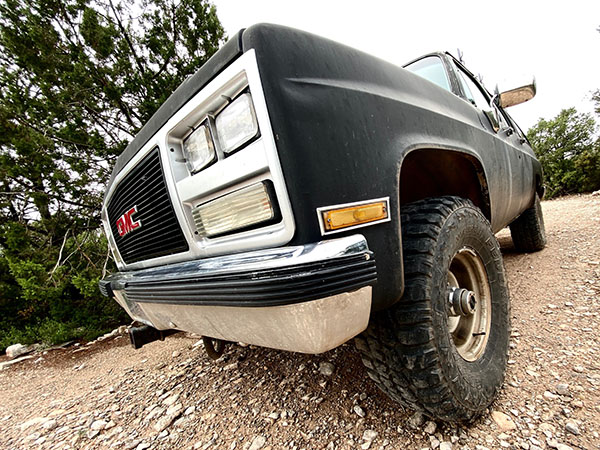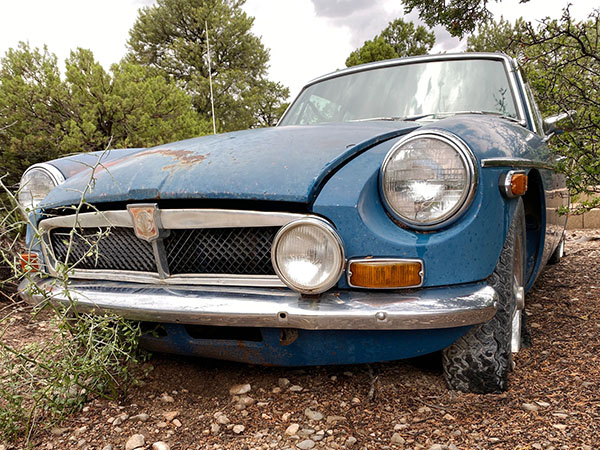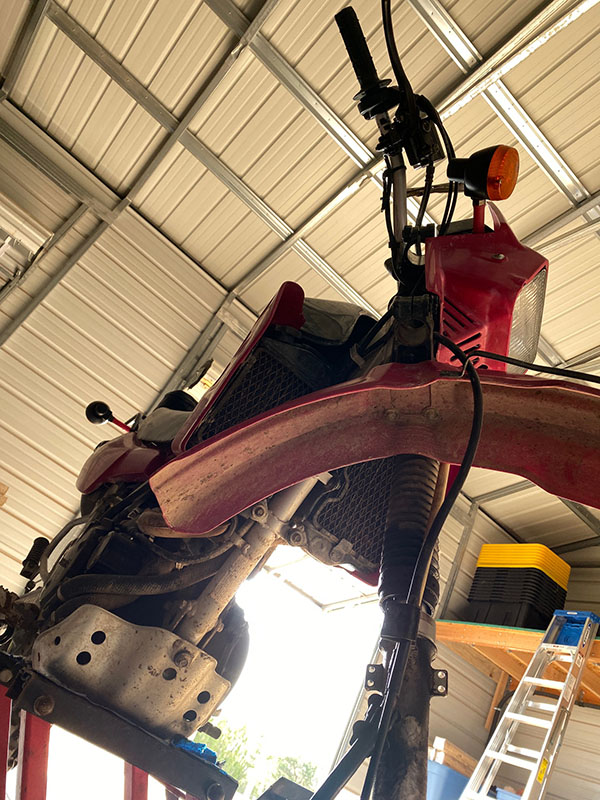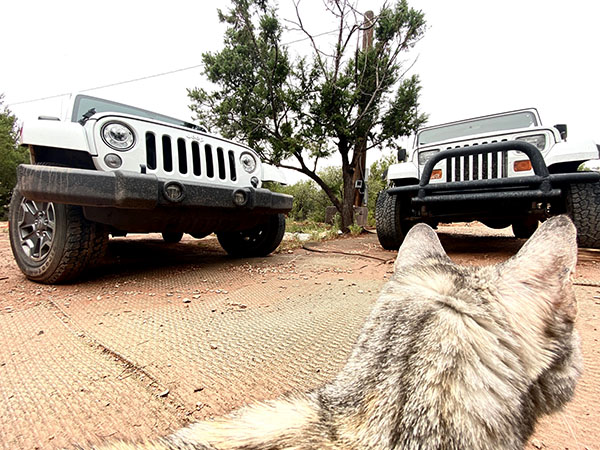I think CSC gets $3995 for a new RX3 these days, and that’s with all the goodies…skid plate, luggage, ABS, 300W alternator, auxiliary accessory switches, the 19-inch front wheel, and probably a few more things I don’t know about. That’s my RX3 in the photo above. I’ve been riding it for more than 5 years. For the Sinophobic haterbators out there, I’ve never found any fish oil in it, I’ve spent substantial time in the factories where they make the RX3 and there are no children chained to the manufacturing equipment, and the Zong techs are most definitely not slave labor. My RX3 has been and still is a good motorcycle.
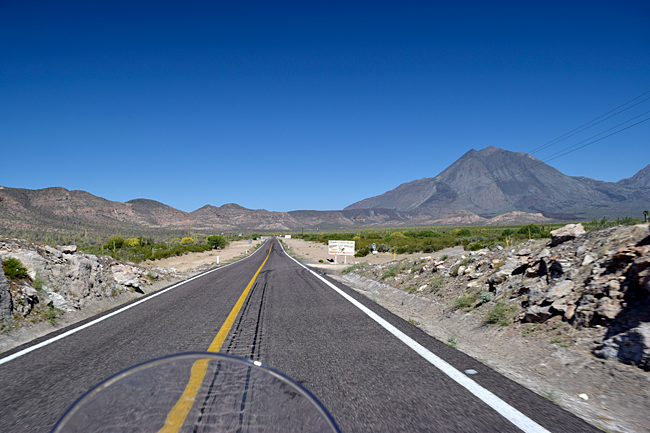
I know you can buy a used Sportster for what a new RX3 costs if you shop around; the topic comes up nearly every time I mention the price of an RX3. It’s a silly thought, actually, because I’m still looking for that prospective buyer who is trying to decide between a used Sportster and a new RX3. I’ve been on that quest ever since I started writing about the RX3 six years ago, when the keyboard commandos first started pushing the used-Sportster-in-lieu-of-an-RX3 argument.
Here’s a hot flash: That person (the dude or dudette struggling with such a decision) doesn’t exist. You either want an ADV motorcycle, or you want a used bar-hopper with “much chrome” (as the Sportster ads often highlight). I have never met, or even heard of, somebody pondering whether they should buy a used Sportster or an RX3.
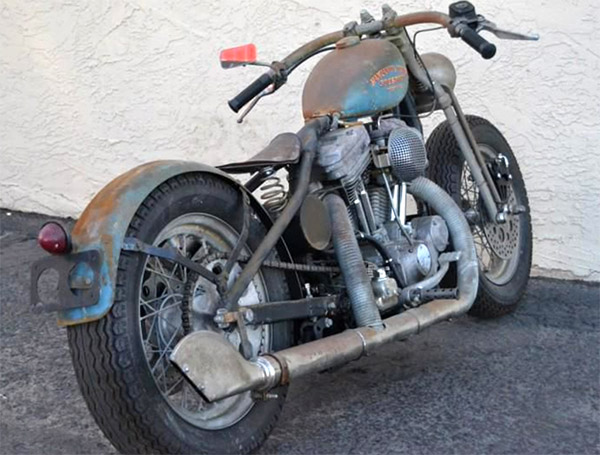
I hear the same kind of keyboard drivel when Janus motorcycles are mentioned. They’re stunning motorcycles, and I’ve had good times riding them through northern Baja. Invariably, though, the used Sportster financial comparison will emerge. Janus is always polite in their responses. Me? I’m a noncombatant and I don’t respond to such Internet drivel. If you want a used Sportster, it’s a free country. Go for it.
To listen to the keyboard commandos, there must be a lot of folks out there dreaming about used Sportsters. Maybe that’s the answer to Harley’s problem. Even though motorcycle sales in general are up sharply since the pandemic started, Harley’s sales most definitely are not. In fact, to read The Wall Street Journal, Harley is circling the drain. Not to worry, though, because I think I have the answer: Rather than rewiring or hardwiring or screwing around with $30K electric motorcycles, or hiring high-priced executives with zero motorcycle experience (as they seem to love to do), Harley should simply stop production and only traffic in used Sportsters. There would be no need for a factory; that’s a huge savings right there. More savings? Harley wouldn’t need to spend anything on advertising; there’s a potful of worldwide web wannabe wizards pushing used Sportsters already doing that for free.
Used Sportsters. Who knew?
Back to my RX3: I’ve covered a lot of miles on it here and overseas. I had it out this Sunday charging through the smoke we call breathable air here in the Peoples Republik of Kalifornia. I hadn’t ridden the RX3 in a couple of months, but it started right up (like it always does) and it’s still running strong (like it always has).
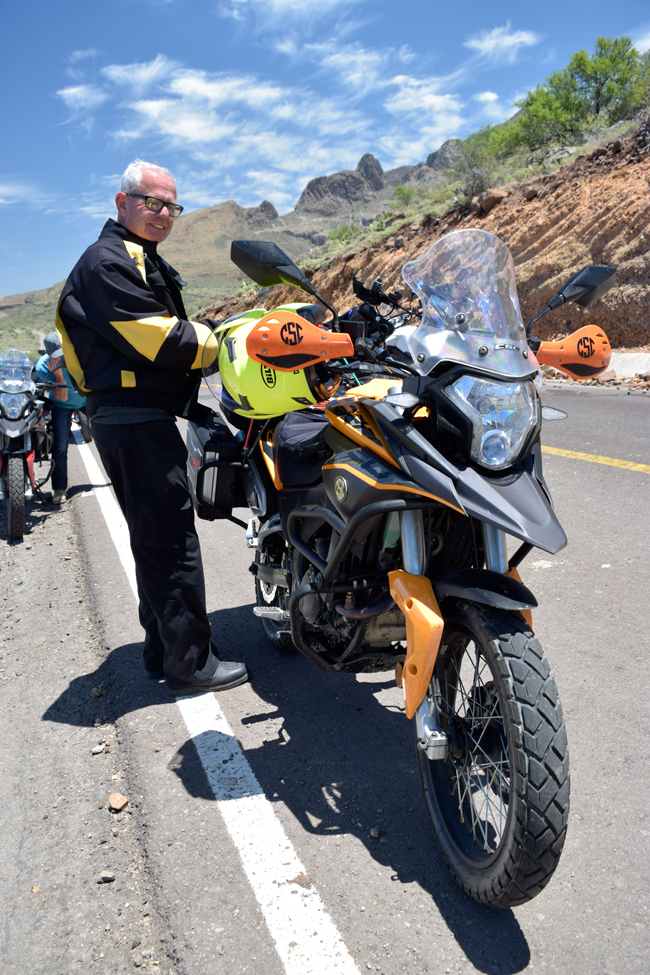
It’s kind of a funny story about how the RX3 came to America. I was in China on a consulting gig for another client when CSC asked me to poke around for a 250cc engine for its line of Mustang replicas. It’s funny in the sense that a lot of Internet people told us they’d buy the Mustang if only the bike had a 250cc engine (instead of its 150cc engine). I found a source for the 250cc engine (Zongshen; they weren’t very hard to find). CSC put the 250cc Zong engine in the Mustang and sales…well, they remained essentially the same. All those yahoos who said they’d buy one if the bike had a 250cc motor? They went MIA. I don’t know what they did after CSC introduced the 250cc engine, but they sure didn’t buy a new Mustang. Ah, I take that back…I do know what they did…they posted more comments on Facebook. It’s hard work being a keyboard commando, I guess, and it’s lonely down there in those basements. But they kept at it. Why buy a CSC Mustang, they said. You could buy a used Sportster for that kind of money, they said. Actually, most of the CSC Mustangs were optioned up by their customers so much that their cost approached and sometimes exceeded what a new Sportster would cost, but that’s neither here nor there.
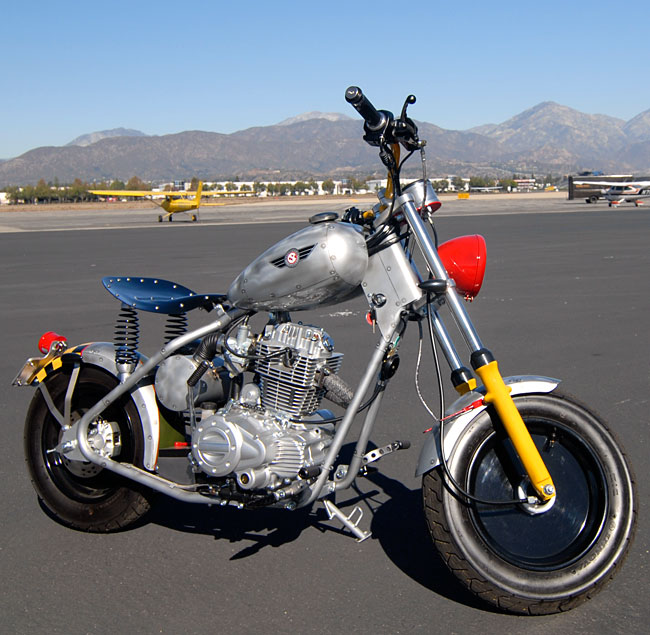
The arrangement with the Big Z was a good one, and it led directly to things like the RX3, the RX4, the City Slicker, the TT250, the SG250, and more. It’s how I came to own my RX3, and like I said above, I am still riding and enjoying it. Even though I could have bought a used Sportster.
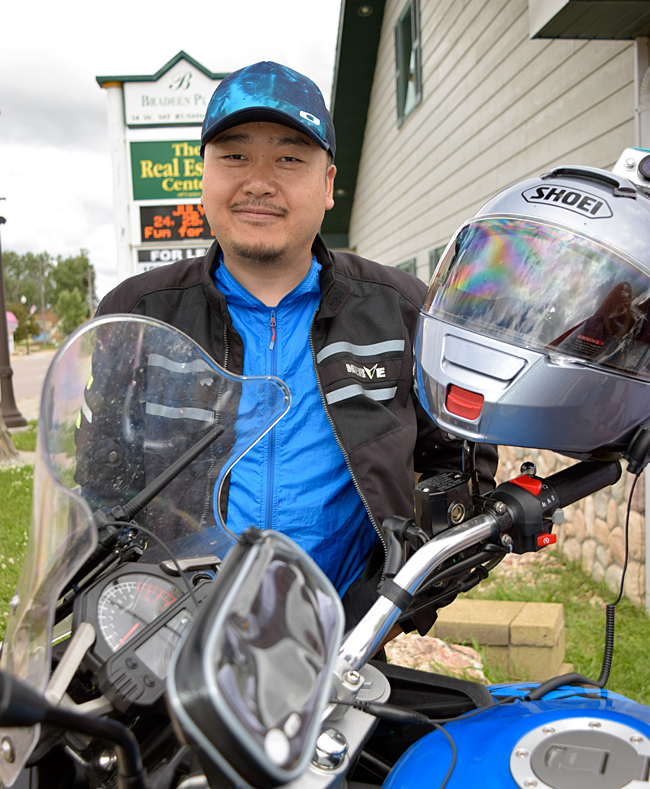
 ).
).I’ve been up and down Baja lots of times with lots of RX3 riders. I’ve been across China
, including the Gobi Desert and the Tibetan Plateau, and I’ve ridden around the Andes Mountains in Colombia
. I’ve ridden to Sturgis, then back across the top of the US, and down the Pacific Coast with a bunch of guys from China. Gresh rode with me on a lot of of those rides. I know, I know, he didn’t get invited on the Colombia adventure, but hey, he didn’t invite me on the Russia ride, either. But to stay on topic: It’s all been on the RX3.
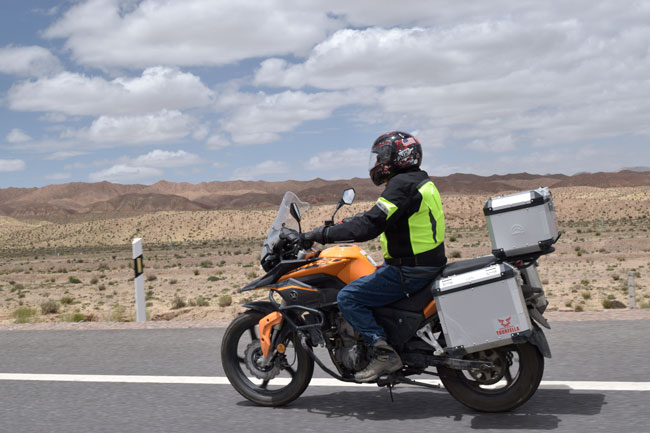
Those early RX3 rides were marketing demos, basically, designed to show a few guys having the time of their life and demonstrating to everybody else that the RX3 had real chops as an ADV bike. But don’t think I wasn’t nervous. We took 14 guys and one gal on a 1700-mile ride through Baja literally the same week the first RX3s arrived in the US from China (I was sweating bullets on that one), and then we immediately took another 12 or 15 guys from China and Colombia (and one motojournalist from Motorcyclist) on a 5000-mile ride from southern California to Sturgis, back across the top of the US, and down the Pacific coast on what was arguably one of the most highly-publicized (in real time, too) motorcycle publicity stunts ever. I was scared the entire time, thinking something might break and generate a lot of bad press. I guess I didn’t realize how well things were going until the last night of the trip, 4700 miles into it, when Gresh told me to relax. “You won, man,” he said. He was right. But just think: I coulda had that used Sportster.
You know you want to…subscribe here:

